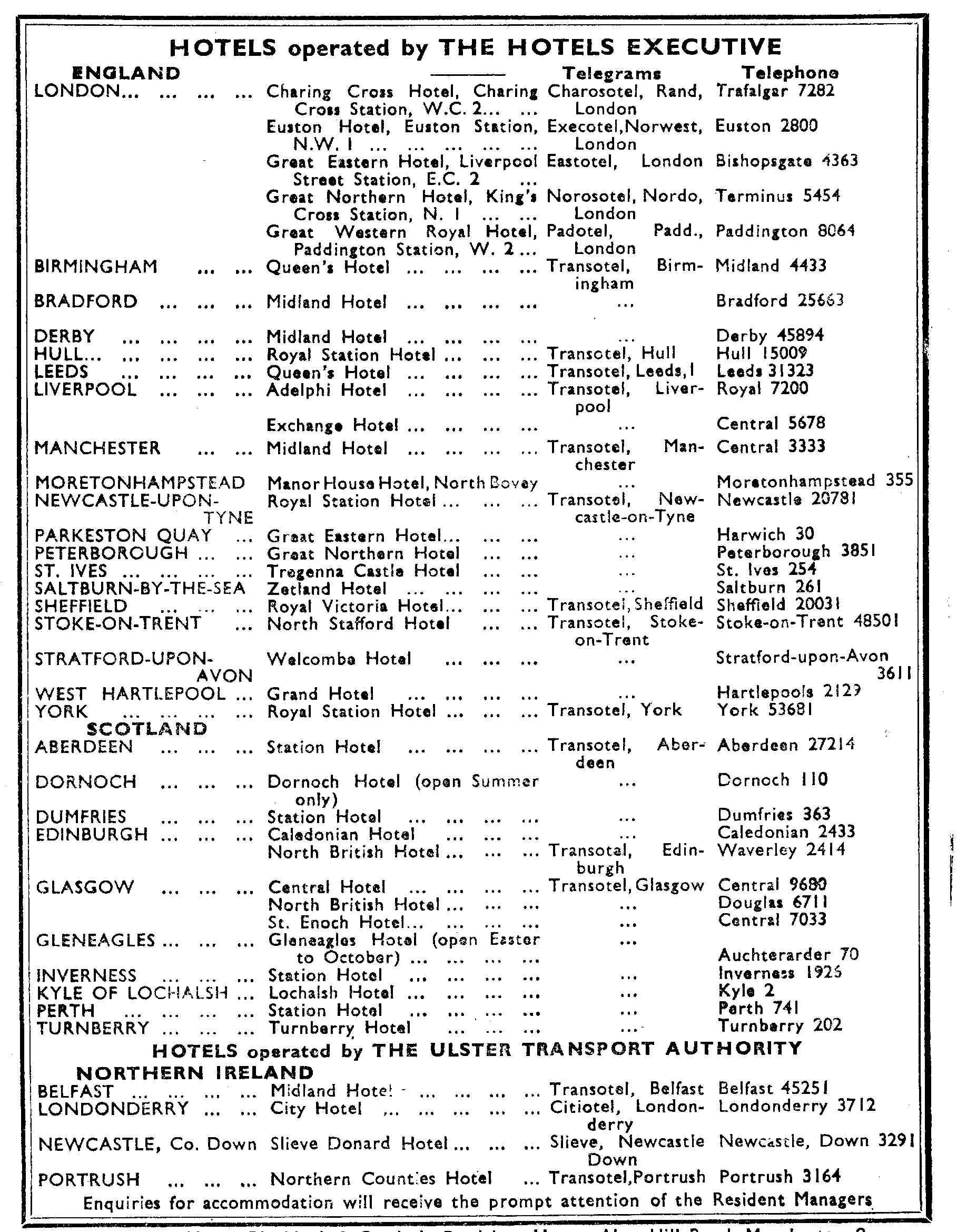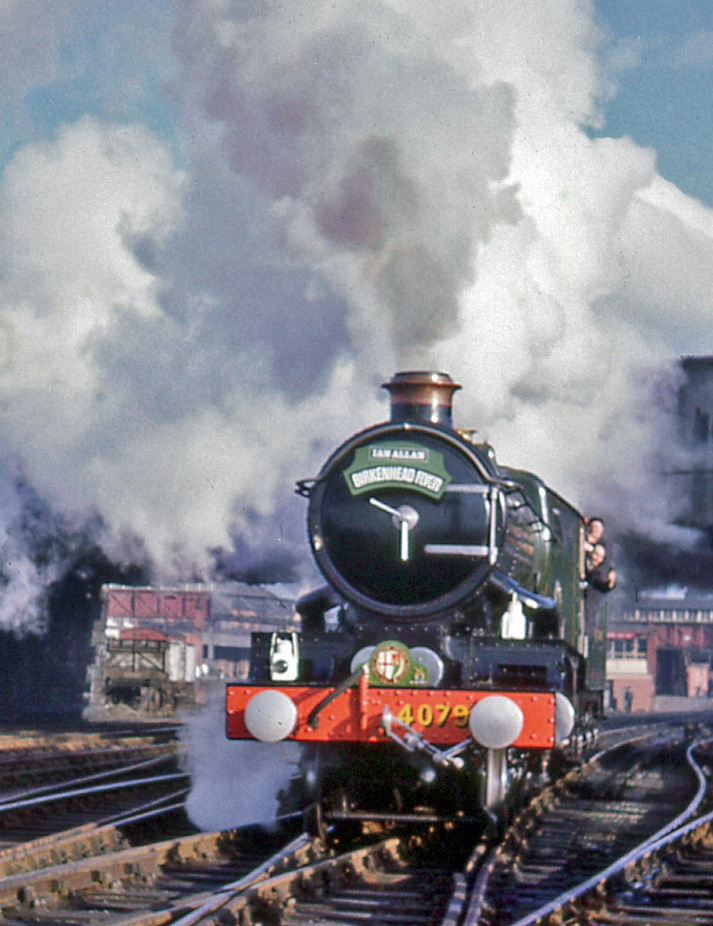|
Tregenna Castle
Tregenna Castle, ( kw, Kastel Tregenow, meaning "Kenow’s settlement") in St Ives, Cornwall, was built by Samuel Stephens in the 18th century and is named after the hill on which it stands. The estate was sold in 1871 and became a hotel, a purpose for which it is still used today. The castle is a Grade II Listed building. It is surrounded by of gardens and natural woodland, and has views along the coastline of Cornwall. History Tregenna Castle was built in 1774 by Samuel Stephens a member of an important local family. The architect was probably John Wood, the Younger. The building was extended in the 19th century. The estate was put up for sale by auction on 31 October 1871. The castle – "an imposing castellated edifice, very substantially built of granite" – at the time included three pairs of bedrooms on the upper floor and another bedroom on the ground floor; a school room; billiard room; WCs; and servants' quarters in the basement. The sale included the "park ... [...More Info...] [...Related Items...] OR: [Wikipedia] [Google] [Baidu] |
St Ives, Cornwall
St Ives ( kw, Porth Ia, meaning "Ia of Cornwall, St Ia's cove") is a seaside town, civil parish and port in Cornwall, England. The town lies north of Penzance and west of Camborne on the coast of the Celtic Sea. In former times it was commercially dependent on fishing. The decline in fishing, however, caused a shift in commercial emphasis, and the town is now primarily a popular seaside resort, notably achieving the title of Best UK Seaside Town from the British Travel Awards in both 2010 and 2011. St Ives was incorporated by Royal Charter in 1639. St Ives has become renowned for its number of artists. It was named best seaside town of 2007 by ''The Guardian'' newspaper. History Early history The origin of St Ives is attributed in legend to the arrival of the Irish saint Ia of Cornwall, in the 5th century. The parish church bears her name, and the name St Ives derives from it. The Sloop Inn, which lies on the wharf was a fisherman's pub for many centuries and is dated to ... [...More Info...] [...Related Items...] OR: [Wikipedia] [Google] [Baidu] |
Golf Links
A links is the oldest style of golf course, first developed in Scotland. Links courses are generally built on sandy coastland that offers a firmer playing surface than parkland and heathland courses. The word "links" comes via the Scots language from the Old English word '' hlinc'': "rising ground, ridge" and refers to an area of coastal sand dunes and sometimes to open parkland; it is cognate with ''lynchet''. "Links" can be treated as singular even though it has an "s" at the end and occurs in place names that precede the development of golf, for example Lundin Links in Fife. It also retains this more general meaning in standard Scottish English. Links land is typically characterised by dunes, an undulating surface, and a sandy soil unsuitable for arable farming but which readily supports various indigenous browntop bent and red fescue grasses. Together, the soil and grasses result in the firm turf associated with links courses and the 'running' game. The hard surface typic ... [...More Info...] [...Related Items...] OR: [Wikipedia] [Google] [Baidu] |
47th G7 Summit
The 47th G7 summit was held from 11 to 13 June 2021 in Cornwall, England, during the United Kingdom's tenure of the presidency of the Group of Seven (G7), an inter-governmental political forum of seven advanced nations. The participants included the leaders of the seven G7 member states, as well as representatives of the European Union. The president of the European Commission has been a permanently welcome participant at all meetings and decision-making since 1981, while the current president of the European Council has been the EU's co-representative since the 36th G8 summit in 2010. Leaders at the summit Participants included leaders of the G7 member states plus representatives of the European Union. The president of the European Commission has been a permanent participant at all meetings since 1981. The president of the European Council has been the EU's co-representative since the 36th G8 summit hosted by Canada in 2010. In March 2014, the G7 declared that a meani ... [...More Info...] [...Related Items...] OR: [Wikipedia] [Google] [Baidu] |
Privatisation
Privatization (also privatisation in British English) can mean several different things, most commonly referring to moving something from the public sector into the private sector. It is also sometimes used as a synonym for deregulation when a heavily regulated private company or industry becomes less regulated. Government functions and services may also be privatised (which may also be known as "franchising" or "out-sourcing"); in this case, private entities are tasked with the implementation of government programs or performance of government services that had previously been the purview of state-run agencies. Some examples include revenue collection, law enforcement, water supply, and prison management. Another definition is that privatization is the sale of a state-owned enterprise or municipally owned corporation to private investors; in this case shares may be traded in the public market for the first time, or for the first time since an enterprise's previous nationaliz ... [...More Info...] [...Related Items...] OR: [Wikipedia] [Google] [Baidu] |
British Transport Hotels
British Transport Hotels (BTH) was the hotels and catering business of the nationalised railway system in Great Britain. Origins of the company Britain's private railway companies pioneered the concept of the railway hotel, initially at locations such as London Euston and Birmingham Curzon Street where hotels were opened at the start of trunk railway operation in 1839. Most of the railway companies followed suit, and by 1913 there were 93 railway owned hotels. The policies of the 'big four' railway companies differed considerably, with the LMS and LNER railways being the most enthusiastic. The Hotels Executive (1948–53) At the nationalisation of transport in Great Britain on 1 January 1948, and the establishment of the British Transport Commission, hotels and catering came under the control of BTC's Railway Executive. However, on 1 July 1948 they were separated from direct railway control and placed under British Transport Commission's Hotels Executive, chaired by Lor ... [...More Info...] [...Related Items...] OR: [Wikipedia] [Google] [Baidu] |
United Kingdom
The United Kingdom of Great Britain and Northern Ireland, commonly known as the United Kingdom (UK) or Britain, is a country in Europe, off the north-western coast of the continental mainland. It comprises England, Scotland, Wales and Northern Ireland. The United Kingdom includes the island of Great Britain, the north-eastern part of the island of Ireland, and many smaller islands within the British Isles. Northern Ireland shares a land border with the Republic of Ireland; otherwise, the United Kingdom is surrounded by the Atlantic Ocean, the North Sea, the English Channel, the Celtic Sea and the Irish Sea. The total area of the United Kingdom is , with an estimated 2020 population of more than 67 million people. The United Kingdom has evolved from a series of annexations, unions and separations of constituent countries over several hundred years. The Treaty of Union between the Kingdom of England (which included Wales, annexed in 1542) and the Kingdom of Scotland in 170 ... [...More Info...] [...Related Items...] OR: [Wikipedia] [Google] [Baidu] |
Western Region Of British Railways
The Western Region was a region of British Railways from 1948. The region ceased to be an operating unit in its own right on completion of the "Organising for Quality" initiative on 6 April 1992. The Region consisted principally of ex- Great Western Railway lines, minus certain lines west of Birmingham, which were transferred to the London Midland Region in 1963 and with the addition of all former Southern Railway routes west of Exeter, which were subsequently rationalised. History When British Railways was created at the start of 1948, it was immediately subdivided into six Regions, largely based upon pre-nationalisation ownership. The Western Region initially consisted of the former Great Western Railway system, totalling 3,782 route miles and with its headquarters at Paddington. To this was added some minor railways and joint lines in which the GWR had an interest: *Brynmawr and Western Valleys Railway *Clifton Extension Railway * Easton and Church Hope Railway *Great ... [...More Info...] [...Related Items...] OR: [Wikipedia] [Google] [Baidu] |
Nationalisation
Nationalization (nationalisation in British English) is the process of transforming privately-owned assets into public assets by bringing them under the public ownership of a national government or state. Nationalization usually refers to private assets or to assets owned by lower levels of government (such as municipalities) being transferred to the state. Nationalization contrasts with privatization and with demutualization. When previously nationalized assets are privatized and subsequently returned to public ownership at a later stage, they are said to have undergone renationalization. Industries often subject to nationalization include the commanding heights of the economy – telecommunications, electric power, fossil fuels, railways, airlines, iron ore, media, postal services, banks, and water – though, in many jurisdictions, many such entities have no history of private ownership. Nationalization may occur with or without financial compensation to the former owners. ... [...More Info...] [...Related Items...] OR: [Wikipedia] [Google] [Baidu] |
GWR 4073 Class
The 4073 or Castle Class are 4-6-0 steam locomotives of the Great Western Railway, built between 1923 and 1950. They were designed by the railway's Chief Mechanical Engineer, Charles Collett, for working the company's express passenger trains. They could reach speeds of up to . Background The origins of this highly successful design date back to the Star Class of 1907 which introduced the basic 4-cylinder 4-6-0 layout with long-travel valves and Belpaire firebox that was to become characteristic of Great Western Railway (GWR) express passenger locomotives. The Star class was designed to take the top express trains on the GWR, with 61 in service by 1914, but after World War I there was a need for an improved design. To meet this need, Chief Mechanical Engineer George Churchward had in mind an enlarged Star class design with a standard No.7 boiler, as fitted to his GWR 4700 Class express freight 2-8-0. However, this combination would have taken the axle load over the 20-ton limit ... [...More Info...] [...Related Items...] OR: [Wikipedia] [Google] [Baidu] |
GWR 3252 Class
The Great Western Railway 3252 or Duke Class were 4-4-0 steam locomotives with outside frames and parallel domed boilers. They were built in five batches between 1895 and 1899 for express passenger train work in Devon and Cornwall. William Dean was their designer, possibly with the collaboration of his assistant, George Jackson Churchward. Four prototype 4-4-0s, of the Armstrong Class, had already been built in 1894. Design Frames and wheels The outside frames of the Dukes were curved upwards over each pair of driving wheels. Inner and outer frames were thick. The first 40 members of the class were fitted with Mansell pattern bogie wheels with wooden centres. The first 25 tenders built also had Mansell pattern wheels, and a shorter than normal wheelbase of so that the locomotives would fit on the smaller turntables then in use west of Newton Abbot. The engine bogie was of a centre-less type designed by Dean. Boilers The majority of the class were fitted with round-topped fir ... [...More Info...] [...Related Items...] OR: [Wikipedia] [Google] [Baidu] |
Duple Coachbuilders
Duple CoachbuildersCompanies House extract company no 252237 Burlingham Limited formerly Duple Limited formerly Duple Coach Builders Limited was a coach and bus bodybuilder in England from 1919 until 1989. History Duple Bodies & Motors was formed in 1919 by Herbert White in Hornsey, London. Before World War I, he had briefly built cars under the Bifort name in Fareham, Hampshire.Early days 
[...More Info...] [...Related Items...] OR: [Wikipedia] [Google] [Baidu] |






